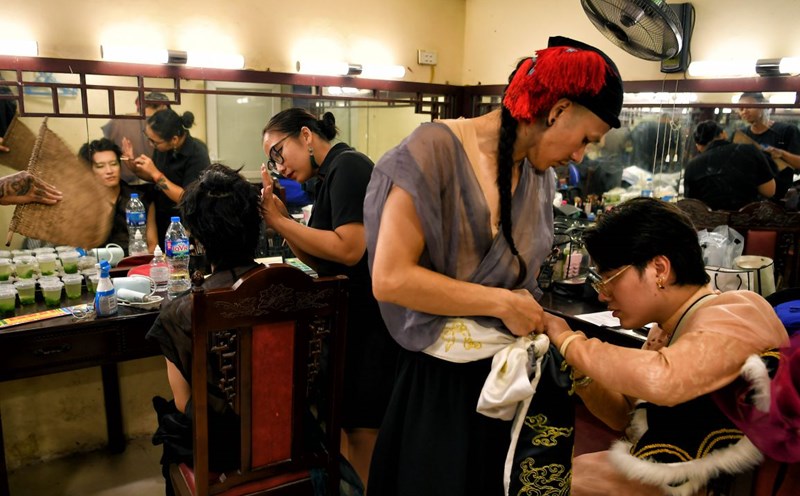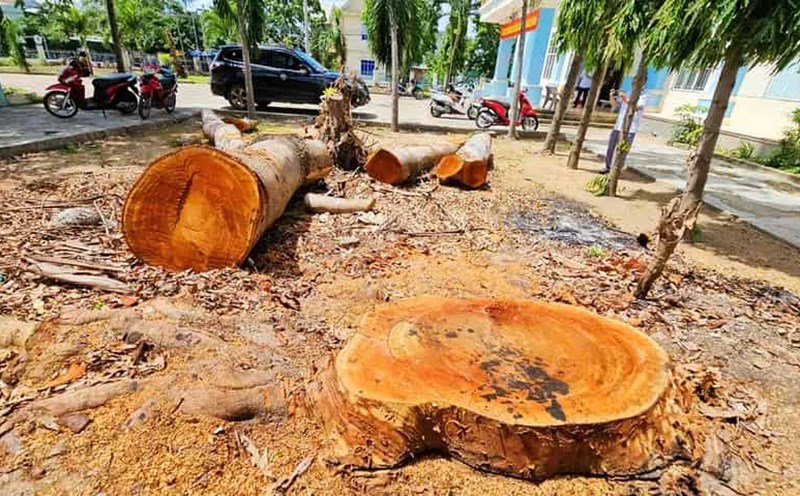Indian yoga coach Arvind Kumar (Yaga Khanh Institute, India) shares that yoga brings many benefits to physical and mental health, but not all poses are suitable for everyone. Some movements that are not technically correct or overused can lead to spinal, neck, knee or tendon injuries.
Here are 5 yoga poses that practitioners need to be especially careful with:
1. Shoulder Stand
shoulder standing requires flexibility and high control in the neck and shoulders. In which, the body is balanced on the shoulders, head and neck, with the legs stretched straight up.
If not adjusted correctly or performed on an unstable flat surface, the pressure applied to the neck can cause muscle stiffness, disc herniation or even damage to the cervical spine.
2. Headstand Pose
Overlapping the banana tree and supporting your head to the ground with your legs pointing up. This is a symbol of strength in yoga, but it is also one of the poses with high potential risks.
This is a pose that beginners should absolutely not practice alone, yoga trainer Arvind Kumar said, adding that without support or careful preparation for the shoulder and neck muscles, practitioners are more likely to suffer traumatic brain injury or spinal discharge.
3. Camel Pose pose
This is a backward yoga pose in which the person knees on the knee, leans back and tries to touch the heel. The camel pose helps expand the chest and stretch the spine, but if the necklower practitioner is too deep or does not tighten the abdominal muscles properly, it can cause lower back pain or neck strain. People with a history of low back pain should practice this pose under strict guidance.
4. Wheel Pose
Wheel Pose (also known as wheel pose or Urdhva Dhanurasana) is an advanced yoga pose in the group of backbend poses. When done correctly, the body will form a wheel-like arch, with the chest, shoulders and hips fully extended.
This pose requires comprehensive flexibility of the spine, shoulders and wrists. When done incorrectly, the pressure on the wrists and lower back can lead to long-term damage. Newcomers should practice a lighter version, like Bridge Pose (Setu Bandhasana) before.
5. Plow Pose
This is an inverted yoga pose in which the practitioner lies on the back and brings the legs overhead so that the toes touch the floor behind, like the shape of a plow. This pose puts pressure on the neck and spine.
Plow pose can cause nerve compression if the cervical spine is not strong enough or in poor posture. In addition, pregnant women and the elderly are advised to avoid this pose.
Advice
Yoga coach Arvind Kumar emphasized: Yoga is not an endurance race. Listen to your body, gradually progress from basic to advanced and always practice under the guidance of experienced teachers.
Safety and a sense of inner strength are much more important than performing impressive postures.











